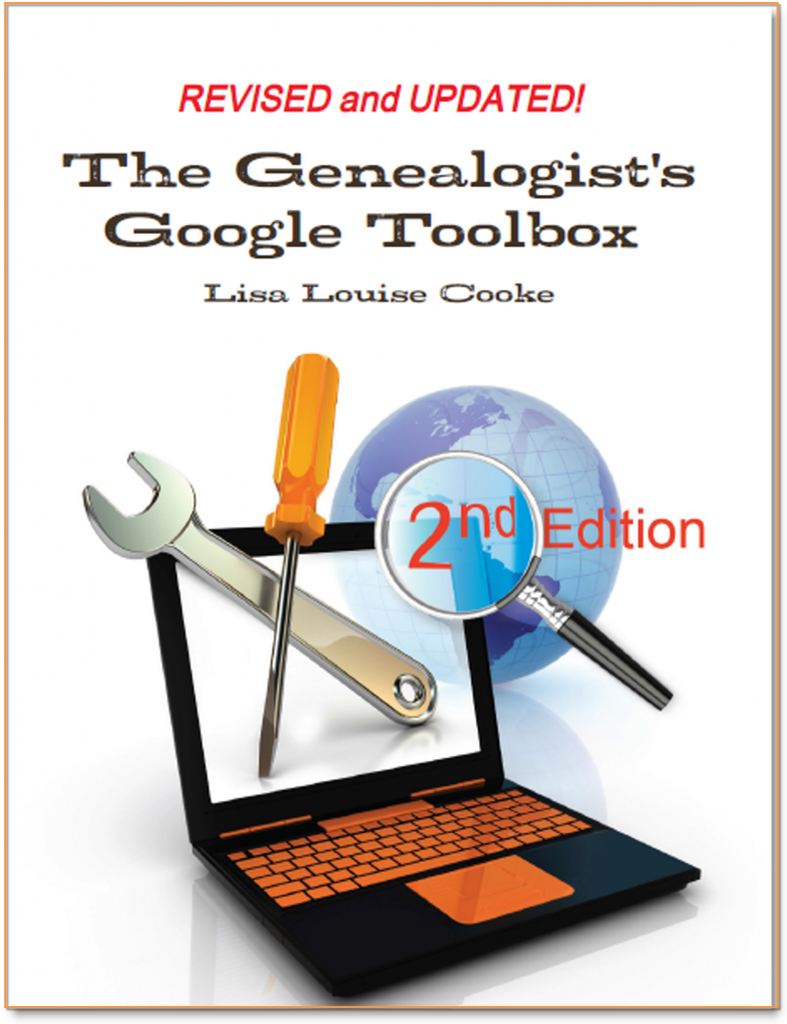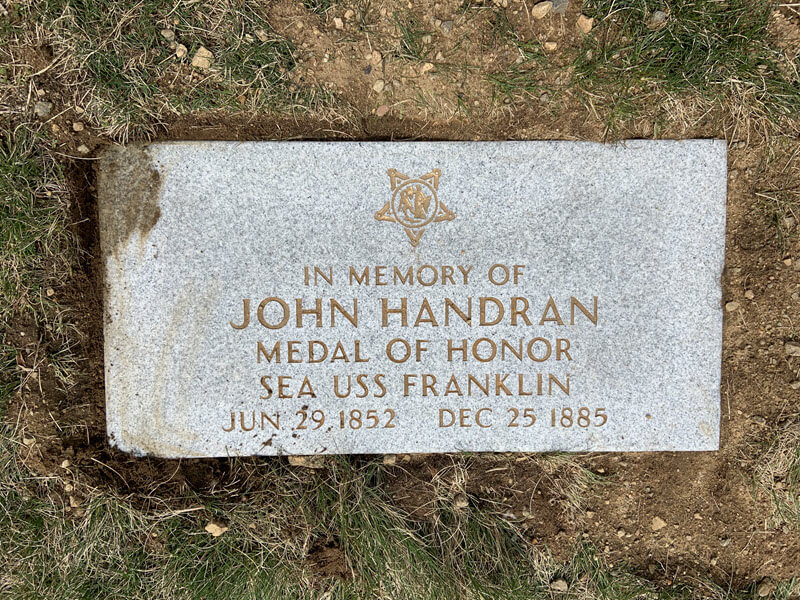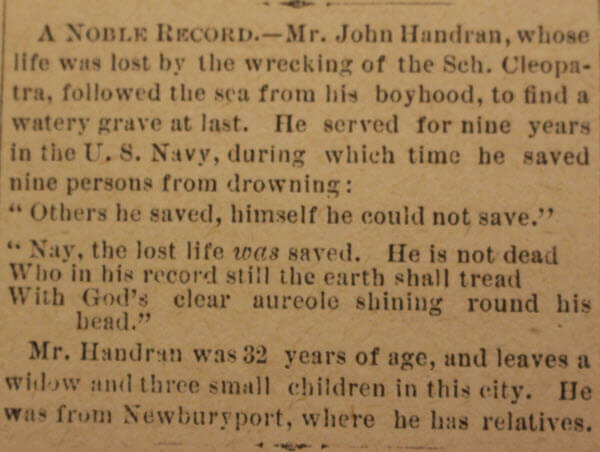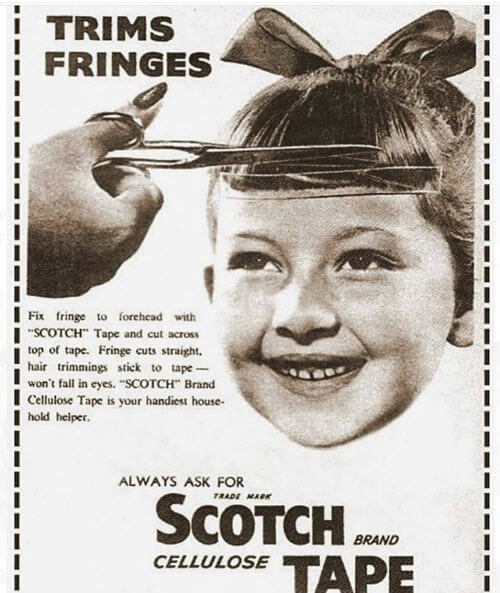Scandinavian Genealogy Records – New & Updated Record Collections
Scandinavian genealogy records for this week pique the interest of researchers all over the world. Large collections of records for Sweden and Finland are among the list of new and updated genealogical records. Other collections include records for London, Ireland, and the United States. Oh! One last thing. We’ve added a Google search strategy you won’t want to miss!

Sweden – Church Records
FamilySearch recently updated a collection of church records for Sweden titled “Sweden, Gävleborg Church Records, 1616-1908; index 1671-1860,” this week. The collection includes church records from the county of Gävleborg. These church records include clerical surveys; registers of birth, marriages, and deaths; move-in and move-out lists; confirmations; and church accounts.
The digital images span the years of 1616-1908, however the records that are searchable by index (at this time) only include the years between 1671 and 1860. When browsing through the digital images that have not been indexed, you will want to search by parish, then by record type, and lastly, the volume and year.
Finland – Church Records
MyHeritage has published an impressive collection of 33 million Finnish historical records! This collection of church census books and pre-confirmation books were kept by the Lutheran Church in Finland. The reason these records are so important is that the Lutheran Church was the state religion for hundreds of years. Because of that, the church records essentially cover the entire population of Finland.
 In rural areas, the church book records are organized by village, farm, and household. Within the cities these records were organized by quarter or street.
In rural areas, the church book records are organized by village, farm, and household. Within the cities these records were organized by quarter or street.
It is important for researchers to realize that Finland was part of Sweden until 1809. Church census records and pre-confirmation records were consequently written in Swedish until the mid-to-late 1800s. Don’t forget – FamilySearch wiki will give you a language cheat-sheet so you can get help with translating!
United Kingdom – London – Post Office Directories
London Post Office Directories 1842, 1851 and 1861, a browse only database at this time, is now available at Findmypast. You can browse over 1.5 million records from three London Post Office Directories. These directories include lists of traders, bankers, people employed by the crown, lawyers, and other officials. Though not indexed, they list names alphabetically by surname. You may be able to find your ancestor’s occupation, business address, or even their home address!
United Kingdom – Westminster
This collection from Westminster, Poor Law and Parish Administration includes over 1.7 million records. The parish administration was over several commissions and these records include bastardy papers, admissions, examinations, pauper records, valuations, and work house records.
Because there are so many different types of records in this collection, the amount of genealogically valued data will vary. Transcripts and digital images of the original documents are provided and can be searched by name, year, place, and record type.
Ireland – General Register Office Records
Irish Genealogy.ie has just released millions of personal records online for free! Births, marriages, and deaths are from the General Register Office. The expanded database includes the Birth Records Indexes from 1864 to 1914, the Marriage Records Indexes from 1845 (1864 for Roman Catholic Marriages) to 1939, and the Death Records Indexes from 1864 to 1964. To search these records, click here. You will find them under the Civil Records menu heading.
United States – New York City, Philadelphia, & Washington D.C. Newspapers
18th-century newspapers from three early capitals of the U.S. are new on the Chronicling America website. Browse through these digital newspapers for information about your ancestors. Nearly 15,000 pages have been added from The Gazette of the United States (New York, N.Y. and Philadelphia, Pa., 1789-1801), the National Gazette (Philadelphia, Pa., 1791-1793), and the National Intelligencer (Washington, D.C. 1800-1809). For even more information on how to boost your genealogy success using newspapers, check out Lisa’s book, “How to Find Your Family History in Newspapers,” in a digital e-book or traditional book form.
More Gems on Scandinavian Genealogy Records
Our Genealogy Google Guru Lisa Louise Cooke has a few more ideas for gaining access to more records and information about your Scandinavian ancestors. Here’s what Lisa says:
“You’ve probably already tried searching with Google to find more on your ancestors. But have you searched in Swedish, Finnish, or Norwegian? Start by going to Google Translate and entering your search query in English.

Google Translate will detect that you have typed in English. You’ll need to select the desired language from the drop-down menu in the box on the right. Above, I’ve selected Swedish. Google Translate has now translated my query. Highlight and copy the translated text.
Next, go to the Swedish version of Google, which you’ll find at https://www.google.se/. Paste the translation in the search box. I’ve changed “Otter” back to the actual name of the town “Otterstad,” because I didn’t need that to be translated! Here are my search results:

Notice, each webpage search result has a link you can click to “Translate this page.” Click it and you’ll go to that page, but it will appear in English!
I’m thrilled to see my husband’s great-great-grandfather’s name in this bottom result. I’m off to work on this family…have fun with Google Translate and the Scandinavian Googles!” – Lisa
Isn’t th at an awesome search strategy?! This is exactly the kind of outside-the-box thinking Lisa is known for which she covers more in-depth in her book The Genealogist’s Google Toolbox Second Edition. In fact, there’s an entire chapter in the book about how to use Google Translate in exciting, innovative ways for genealogy.
at an awesome search strategy?! This is exactly the kind of outside-the-box thinking Lisa is known for which she covers more in-depth in her book The Genealogist’s Google Toolbox Second Edition. In fact, there’s an entire chapter in the book about how to use Google Translate in exciting, innovative ways for genealogy.
Here are the links Lisa sent me for the various Scandinavian Googles:
And finally, here’s more on Scandinavian research from our website:
How to Find a Missing Webpage: Quick and Easy Video Tutorial
It’s important to know how to find a missing webpage when you’re a genealogy researcher. Clues to your family history are all over the Internet, and so are must-use research tools, directories, maps and how-tos. This free 2-minute video tutorial shows you...Get a New View of Your Genealogy Featuring an Interview with Pat Dalpiaz
with Lisa Louise Cooke
Recorded May 2020
Please enjoy free access to this Premium podcast episode. Learn more about becoming a Genealogy Gems Premium member by clicking here.
This episode is really about getting a fresh new view of our research and our ancestors’ world. To expand our view we’re going to dig into that word “view” in one of my favorite free tools, Google books which contains some wonderful gems, and I’ll tell you how to find them. But first I chat with a Genealogy Gems Premium Member about how her eyes were opened to a new view of her research, and 3 very important things she learned from it.
GEM: Interview with Pat Dalpiaz
In Genealogy Gems Podcast episode #238 I shared two tales of mystery. The first was a Valentine’s theme centered around a mysterious love letter. Professional genealogist Kathleen Ackerman shared how a love letter that was missing its last page took her on a genealogical journey full of surprises. And the second story was the mystery of a lost family scrapbook that was chock full of twists, turns and even murder! At the end of that episode I invited you to share your stories of discovery and the lessons you learned along the way. Long time listener and Genealogy Gems premium member Pat Dalpiaz did just that, and she joins me on this episode to tell us about it.
How did you first learn of the story of John Handran?
“John Handran of Newfoundland and Essex County Massachusetts was lost at sea in December of 1885 while aboard the Schooner Cleopatra. The story of that sea disaster is pretty amazing in itself. A brief version is told in the blog post I will reference and share. He left behind a wife and 3 young children.
He also left behind the story of his sea rescue of a fellow Navy shipmate who was swept overboard in Lisbon Portugal from the US Steamer Franklin in 1876, for which he was awarded a Medal of Honor by President U. S. Grant.
This story of his Medal of Honor had been a family story, accepted in full as given by another cousin researcher (expert level). So, I shared it on my blog Gathering the Cousins.”
What stirred the story back up?
“One day about 4 years ago, I was contacted by members of the Medal of Honor Historical Society of the United States as well as by a Canadian who specializes in honoring Canadians who have been awarded the US Medal of Honor. This came about directly as a result of publishing his story on my blog, a point made by others that I can help verify.
I was asked to determine if the John Handran in my family tree was THE John Handran who was awarded the Medal of Honor in 1876. Dope slap. I had never made that direct connection using documents and proof. I just accepted the story. So, the work began to collect the “smoking gun” documentation to prove “my” John Handran and the Medal of Honor John Handran.”
What approach did you take to try and verify this story?
“In 2017, I was finally able to locate a newspaper article regarding John’s death that stated he had been in the US Navy connecting him as needed. I found a copy of the 1885 local paper and shared it with the Medal of Honor Historical Society of the United States.”
What are you doing to restore this historical story to your community?
“As a result, they have been able to coordinate the placement of a “In Memory Of” marker at his widow’s grave in Gloucester Massachusetts. It took almost 3 years to accomplish that feat and then the virus interrupted plans to hold a service to mark John’s bravery and service to country.
In addition, I used some of your recommended Google techniques to locate a granddaughter nearby so she can be part of the service when it is held and visit the memorial when she’s ready.”
Where can listeners read more about this and your family history adventures?
“I also contribute to a blog called Good Morning Gloucester and have shared some of this information in that manner as well. Here’s a link to one of those posts.”
3 Lessons Learned:
- You don’t know what you don’t know.
Pat did not know there was a group out there specializing in something as specific as Canadians awarded the US Medal of Honor. Writing about the story on her family history blog brought them to her!
- The importance of validating those family stories.
The extra work you do to confirm your family stories might require close-reading very old newspapers or other similar documents. Pat says, “It might take a long time but stick with it.”
- Finding family members CAN be accomplished with Google!
Pat said she used the techniques that I talk about in the podcast and my book The Genealogist’s Google Toolbox on a regular basis, with ongoing success. She wrote: “Thank you as always for your efforts to share your expertise with us. I just renewed my Premium membership. It’s the most worthwhile genealogy money I spend each year!”

John Handran In Memory Of plaque at Calvary Cemetery in Gloucester MA. An official ceremony will be planned as the pandemic allows.

The “smoking gun” part of the newspaper article Jan 1, 1886 in the Cape Ann Advertiser which accompanied a longer article about the Schooner Cleopatra sinking.
GEM: Expanding Your View with Google Books
Google Books URL: http://books.google.com
Google Books is a goldmine of genealogical resources including over 25 million books. Many of the books are fully digitized and available for free. In this episode we are focusing on getting a view of our ancestors’ world. Simply focusing on the word view can help us find old book that include photographs, illustrations, maps and more.
Try searches such as:
A view of Australia
An illustrated view of California
Once you identify a book of interest, use the thumbnail view button in the toolbar at the top of the screen (it looks like a checkerboard) to view many pages at one time. This will help make maps, photos, and other images easy to spot.

Thumbnail view of King’s View of New York City, 1903
Search Operators are symbols or words that narrow or broaden a search. Quotation Marks can be used when you want to search for an exact word or phrase.
Example: “illustrated view”
How to narrow your search results only to fully digitized books:
- Go to http://books.google.com
- Enter your search query and click the Search
- The results page will include all types of books – from fully digitized to no preview. Click the Search Tools button just below the search field.
- In the drop-down menu click the down arrow (under Any Books) and select Free Google eBooks.
- Your search results will now only include books that are fully digitized and freely available to use.
Here are just a few examples of books found using these strategies:
King’s Views of New York City,A.D.1903: 400 Views
The Ohio Railroad Guide, Illustrated: Cincinnati to Erie Via Columbus and Cleveland
Australia from a Woman’s Point of View By Jessie Ackermann, 1913 – Australia – 317 pages
View of Canada search results
An illustrated view of Canada search results
Illustrated view of California search results
Profile America: Scotch Tape History
Wednesday, May 27th. The difficulty of neatly painting cars two different colors led to the patenting of a universally practical product on this date in 1930. Five years earlier, Richard Drew, while working for the Minnesota Mining and Manufacturing Company, had developed an easy-to-peel, glue-backed masking tape. It considerably eased the task of separating two-tone paint jobs on new cars, which until then involved moistened plaster tape. Then, he expanded its use by introducing a clear backing. The result, an immediate hit, became known as Scotch Tape.
Now, 90 years on, 3M is joined by about 560 manufacturers of various adhesive products nationwide. This specialty generates sales of more than $13 billion a year and provides jobs for about 24,000 people.
Sources:
- Richard Drew
- Adhesive manufacturers and employees, County Business Patterns, NAICS 32552
- Adhesive manufacturing value of shipments, Economic Census, NAICS 325520
As you’ll remember I launched this show after the first week of the stay at home recommendation in March, and back then my first recommendation was that you resist the temptation to cut your own bangs. Well it turns out that Scotch tape has had a wide variety of uses throughout the last 90 years.

Nostalgia – cutting your bangs with scotch tape
Scotch Tape in Old Newspapers:
- I Like Chapel Hill (2nd column “a teenage fad nowadays…”)
- Wartime uses of scotch tape: It’s Your Old Friend “Scotch” Tape!
- World War II advertisement (1943)
- It’s More Fun than a Picnic with “Scotch” Tape! (1946)
- Personalize Your Gifts with “Scotch” Tape in Colors (1948)
- A solution for sending loose coins through the mail (1946)
